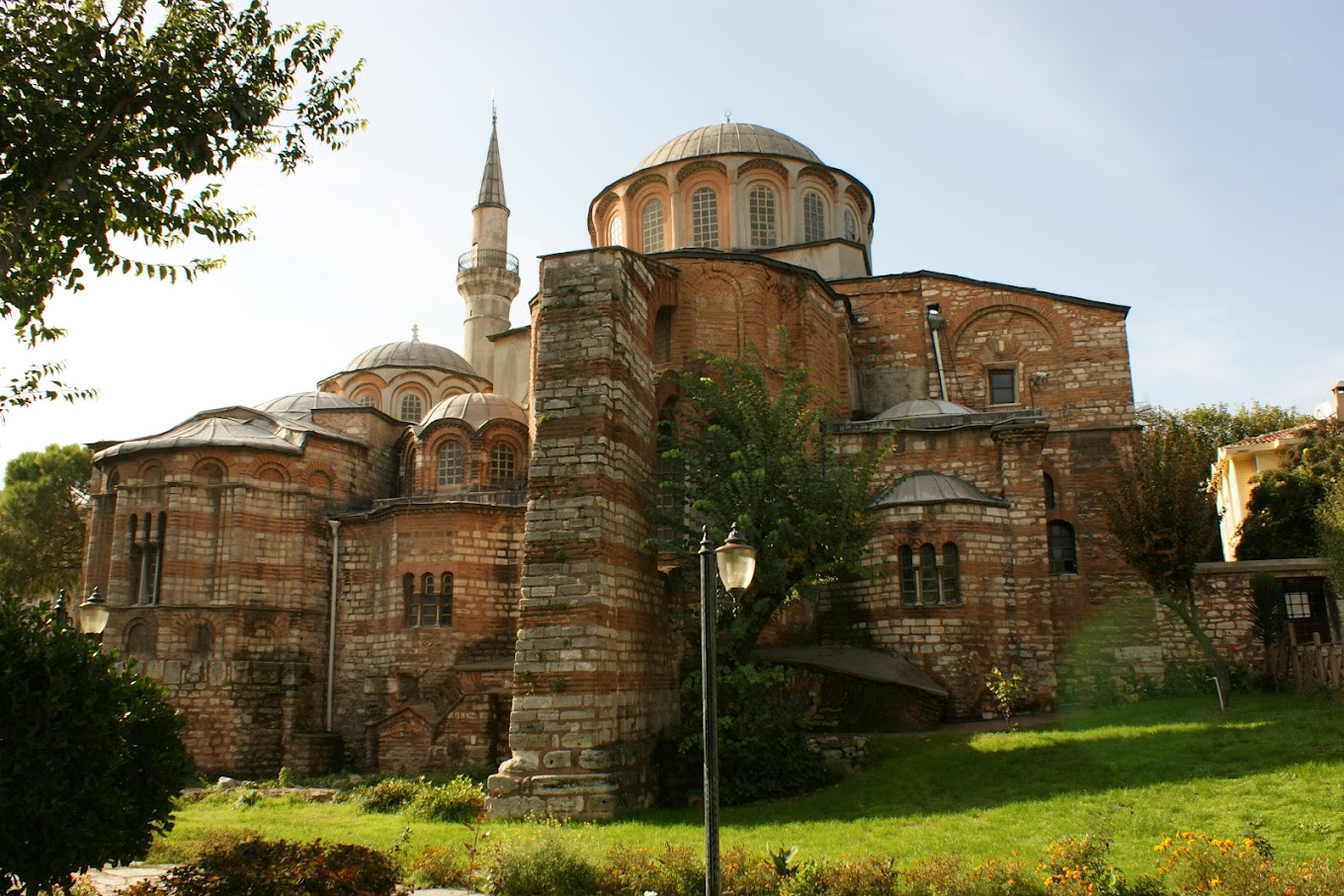Located in the heart of Istanbul, the Chora Mosque is a must-see destination for every traveler eager to embark on a journey through history. Originally built as a church, this magnificent structure, also known as the Chora Museum, offers visitors rich insights into both the past and the present. As we delve into the history, architectural features, and surrounding landmarks of the Chora Mosque, I will guide you to better understand its place in Istanbul's cultural heritage. Follow me as we unravel the secrets of this enchanting site together!
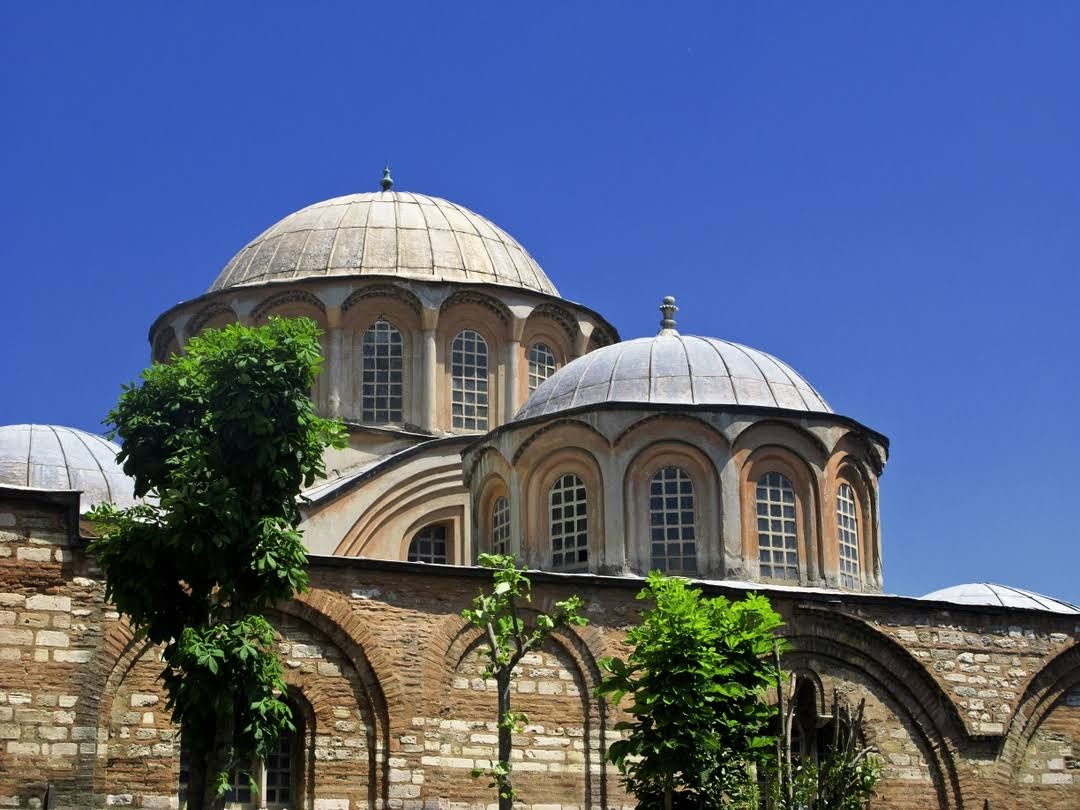
History of Chora Mosque
The history of the Chora Mosque has always deeply fascinated me. Initially constructed in the 4th century as a church, this extraordinary structure began to bear traces of various historical periods over time. Built during the reign of Byzantine Emperor Justinian I, the church was originally known as Chora Museum and underwent significant renovations in the 19th century. In 1945, it began serving as a museum, and in 2020, it was reconverted into a mosque.
The Chora Mosque was not only a religious building but also housed stunning mosaics and frescoes from the Byzantine period. These unique works of art reflect the influences of both Christian and later Muslim cultures. Every visitor, whether a history enthusiast or a tourist, is captivated by the beauty of these mosaics. Witnessing the profound history of the Chora Mosque allows one to better appreciate Istanbul's rich cultural fabric.
Every corner of this remarkable structure carries the marks of history, offering visitors a journey through time. The rich history of the Chora Mosque continues to inspire me, and I hope everyone has the chance to experience it.
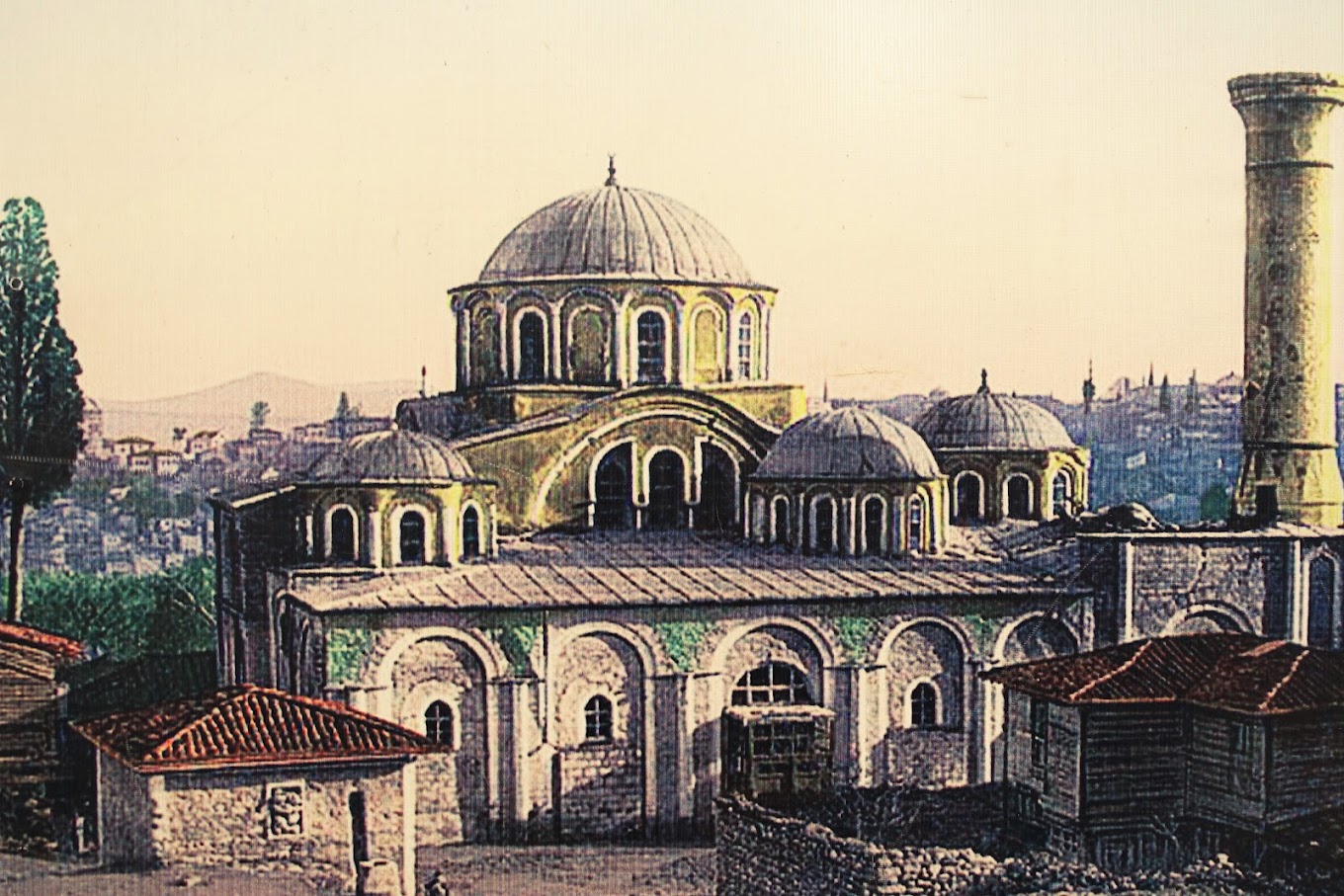
Chora Museum: Past and Present
The Chora Museum holds a special place in my heart as one of Istanbul's most significant historical and cultural landmarks. Initially built as a church, this structure has undergone numerous changes over time, eventually transforming into a mosque. Its history-filled walls are adorned with mosaics and frescoes from the Byzantine period.
The quality and detail of the mosaics in the Chora Museum have always amazed me. Visiting here is truly worthwhile for anyone who wants to see these masterpieces up close. Today, the Chora Mosque, also known as the Chora Museum, continues to preserve its historical identity and artistic value. Exploring its past allows us to connect with the lives of people from different eras.
Every corner of Chora tells stories of ancient times. When you visit Istanbul, I highly recommend not only exploring the Chora Mosque but also delving into the depths of history it unveils. The Chora Museum serves as a visual representation of history, connecting you to the past.
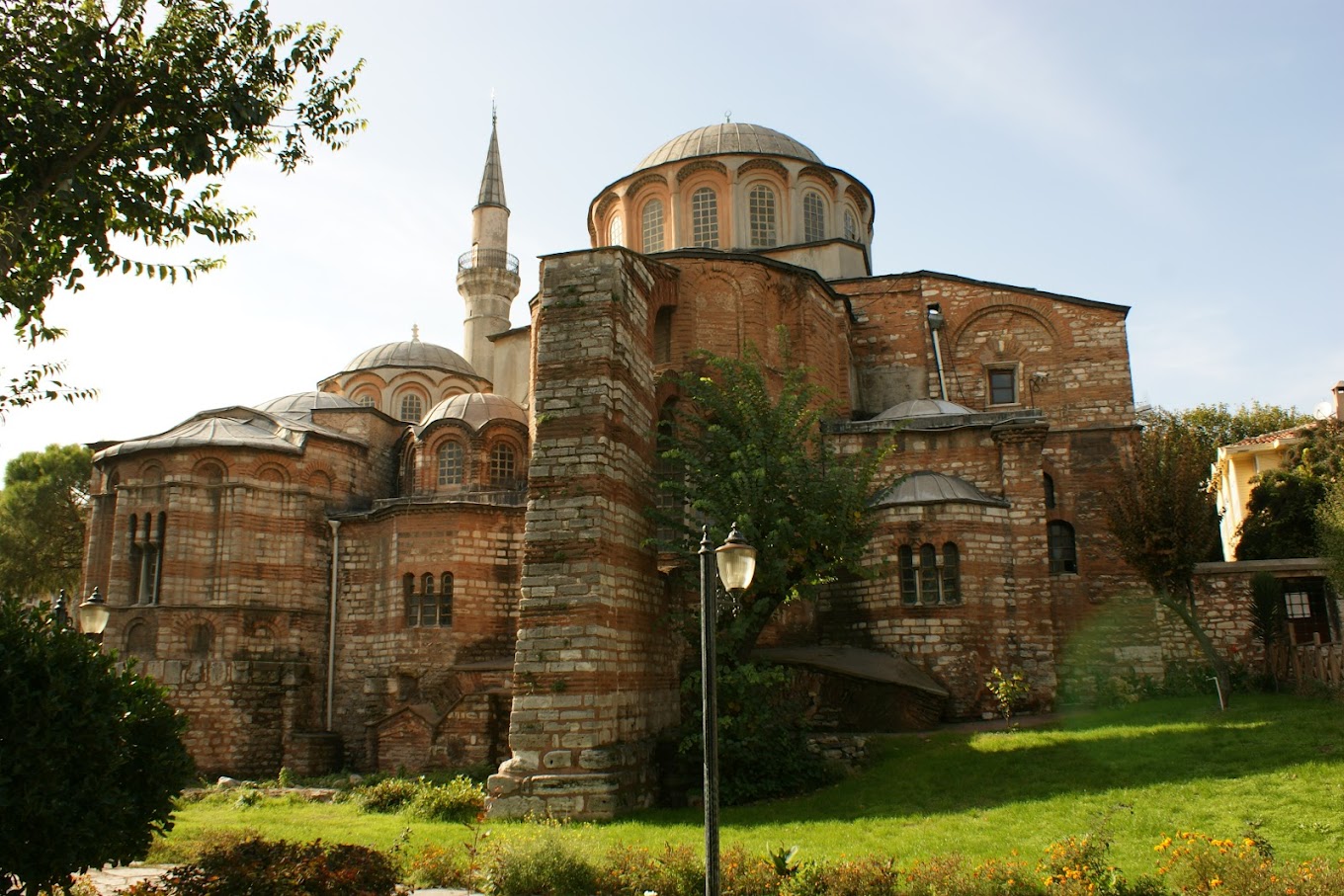
The Importance of Visiting Chora Mosque in Istanbul
Visiting the Chora Mosque in Istanbul is not just about seeing a mosque; it’s about embarking on a journey of history and art. Initially constructed as a church, this building has transformed into a unique example of Islamic art and culture. For history enthusiasts, such places carry great significance. Every moment spent here has helped me understand Istanbul’s rich past and cultural diversity more deeply.
During my visit, I was mesmerized by the magnificent mosaics in the Chora Museum. These mosaics showcase the pinnacle of Byzantine art, offering visitors both a spiritual and a visual experience. The architectural structure of the Chora Mosque is equally captivating. As visitors, we embark on a time-travel journey, building a bridge between the past and the present.
Visiting the Chora Mosque in Istanbul allows you to feel the spirit of the city while also discovering cultural interactions and historical depth. This site offers not just a visual experience but also an opportunity to learn and understand. Remember, a city's heritage is not just made of stones but also filled with the stories of the people who lived there. The Chora Mosque opens the door to one of those stories.
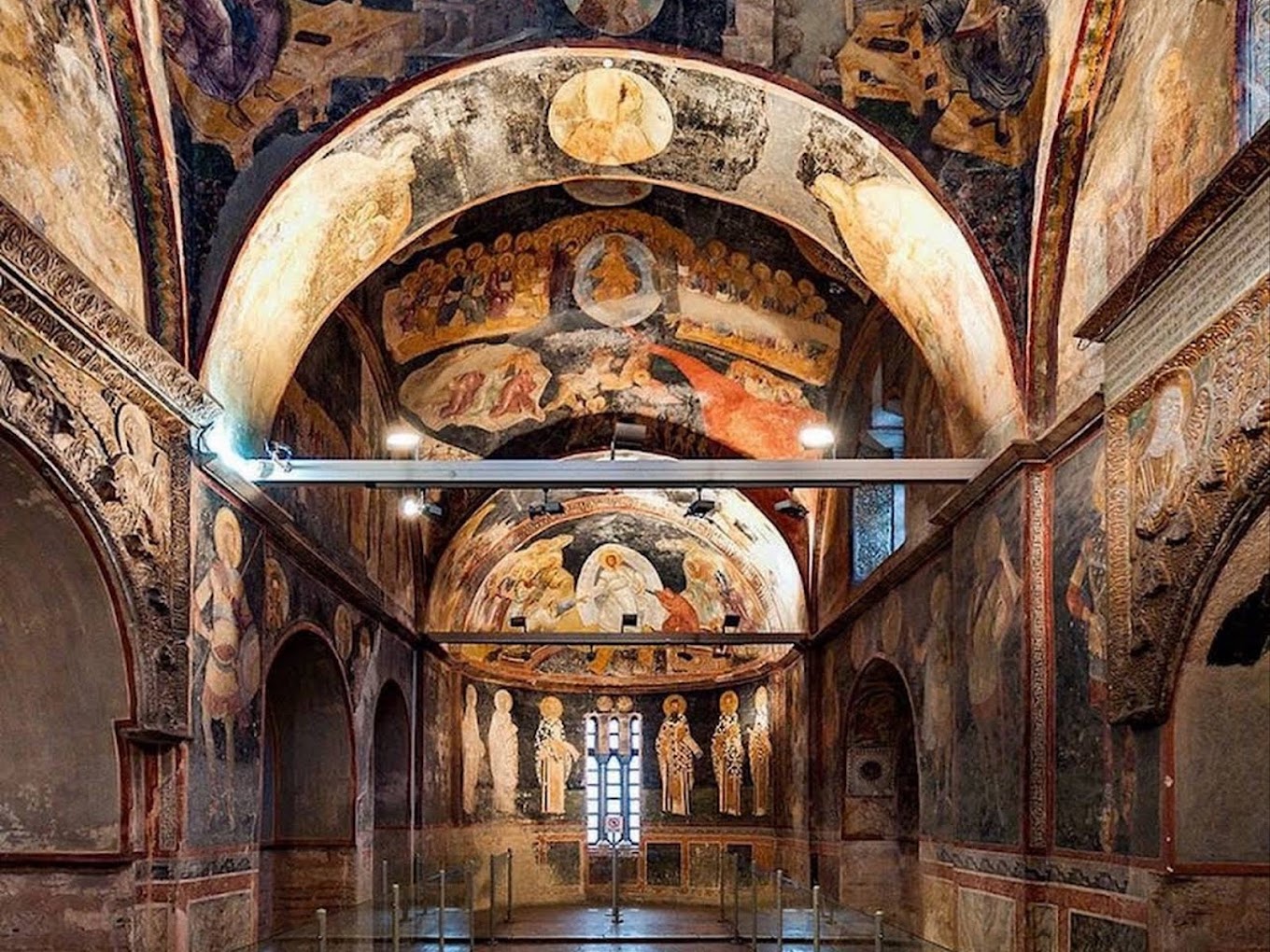
Architectural Features of Chora Mosque
Whenever I visit the Chora Museum, I am always struck by its architectural features. As one of the most important structures from the Byzantine era, the Chora Mosque dazzles with its interior and exterior architecture. Its exterior offers a simple yet elegant appearance, while the interior, adorned with frescoes and mosaics, transports me to another world.
Originally built as a church, the Chora Mosque’s architecture is unique, especially in its geometric designs and use of natural light. Its high ceilings and circular domes create an incredible sense of depth. The frescoes depict scenes from the life of Christ, providing both artistic and religious narratives.
The materials used in the construction are also noteworthy. With its exquisite craftsmanship and detailed carvings, every stone reflects Istanbul’s historical and cultural depth. The way sunlight streams through the windows to highlight the frescoes creates a rich atmosphere. In short, the architectural features of the Chora Mosque continue to leave me in awe, with every corner telling a unique story.
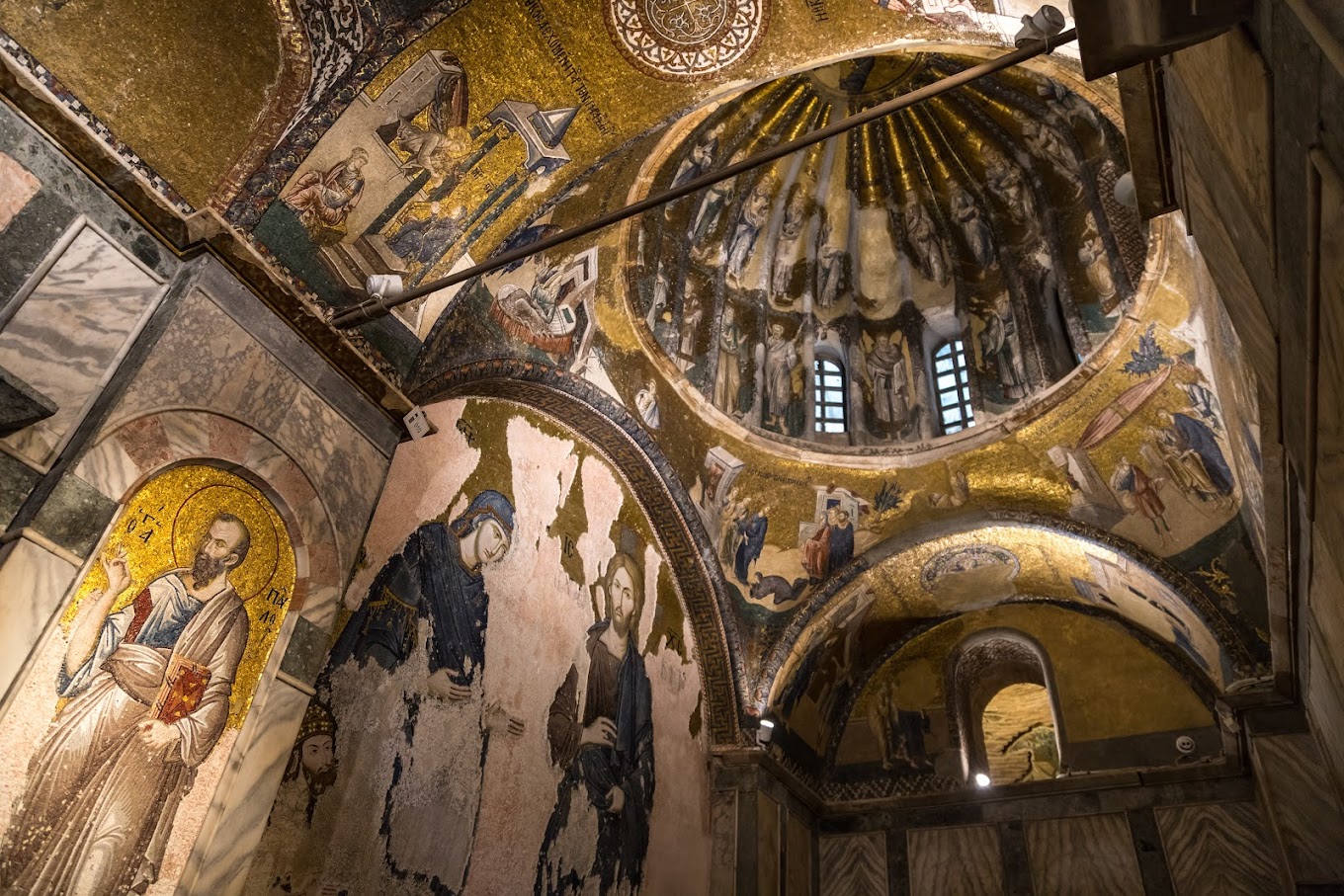
Must-See Artworks in Chora Mosque
When I explored the Chora Mosque, the richness of the artworks left a profound impression on me. Every corner tells a story from the depths of history. First and foremost, the magnificent mosaics catch your eye. These mosaics reveal the art of the Byzantine era and add a unique atmosphere to the interior with their vibrant colors. The scene of the “Nativity of Christ” is particularly stunning and stands out as a masterpiece.
In addition to the mosaics, the frescoes inside the mosque are also worth seeing. These frescoes feature religious themes and figures, intricately crafted with great skill. I was particularly delighted to see how well-preserved these artworks are. Each detail invites visitors to reflect on the past.
Furthermore, the Chora Museum exhibits should not be overlooked. The museum not only showcases the mosque’s art but also provides insights into the social structure of its era. Icons and various religious artifacts create a space that offers different perspectives to visitors.
When visiting Istanbul, I strongly recommend experiencing the unique beauty of these artworks at the Chora Mosque. Their captivating world will remind you of the significant role history plays in shaping our present. This makes the Chora Mosque an essential treasure for every traveler’s itinerary.
Exploring Surroundings of Chora Mosque
After visiting the Chora Mosque, exploring the nearby landmarks is an excellent idea. This historic area of Istanbul is not only home to the Chora Museum but also brimming with cultural treasures. Spending time here offers a journey into the depths of history.
Tekfur Palace Museum
Your first stop could be the Tekfur Palace Museum. This well-preserved Byzantine palace is one of Istanbul’s finest examples of civil architecture from that era and now serves as a museum.
500th Year Foundation Turkish Jews Museum
Another must-see is the 500th Year Foundation Turkish Jews Museum. This museum offers an intriguing exploration of Jewish culture in Istanbul, showcasing a variety of historical artifacts.
Balat and Fener Districts
The Balat and Fener districts are also nearby. Famous for their colorful houses, narrow streets, and charming local cafes, these areas are perfect for a walking tour. Here, you’ll feel the continuity of history from past to present, especially in Balat’s unique atmosphere.
All these sites complement your visit to the Chora Mosque, promising an unforgettable Istanbul experience. Each landmark provides a different perspective on Istanbul’s historical and cultural richness, making every moment of your journey worthwhile. The combination of historical and natural beauty ensures surprises at every turn.


 English
English Türkçe
Türkçe